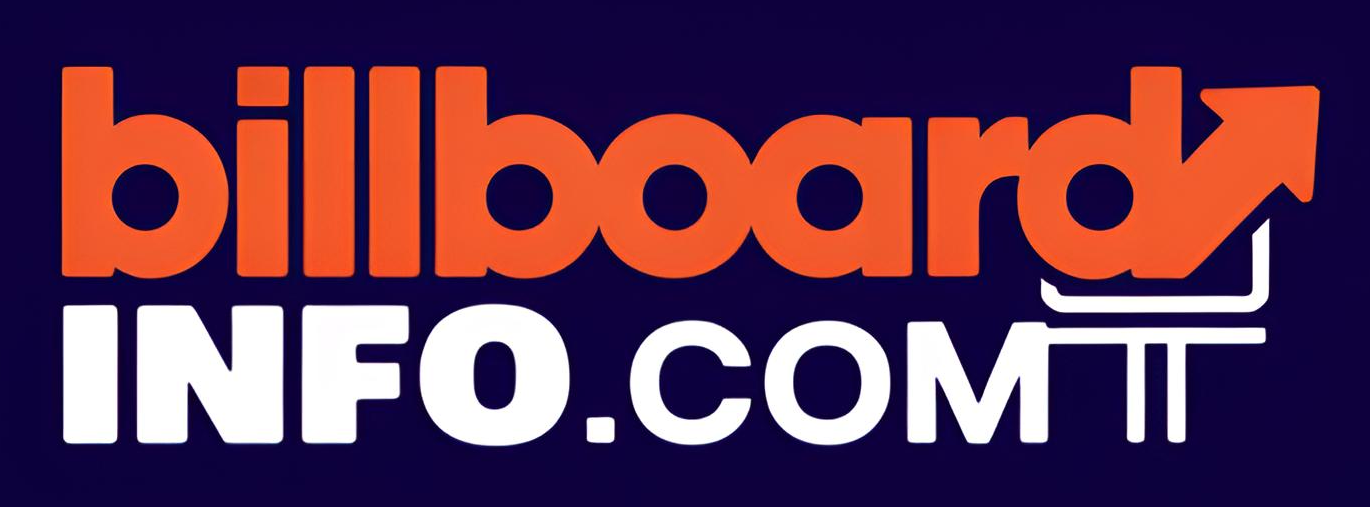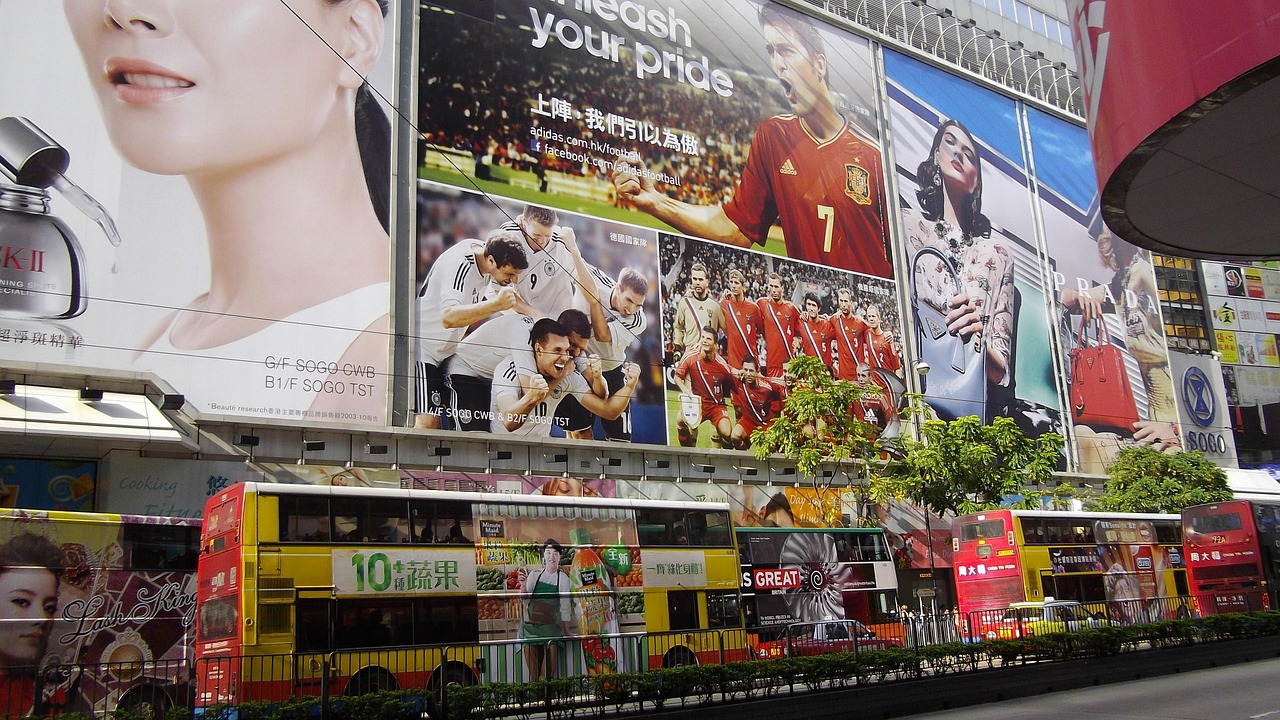In a world flooded with digital noise, there’s something refreshingly bold about a well-done billboard. It’s huge, it’s public, and it doesn’t wait for anyone to scroll or click. It just exists—loudly and proudly—in the middle of the real world. But for all their prominence, great billboards follow a surprisingly simple formula. Whether it’s lining a highway or towering over a city street, the most effective billboard ads tend to follow three timeless rules: size, simplicity, and surprise.
These aren’t arbitrary principles—they’re tried-and-true guidelines rooted in human behavior, visual communication, and the reality of how people experience outdoor media. Let’s break each one down and explore how these three rules continue to define the success of billboard advertising in 2025 and beyond.
1. Size: Think Big—Then Go Bigger
When it comes to billboards, size isn’t just about the physical dimensions—it’s about impact.
Billboards are, by nature, a big-format medium. They exist to be seen from a distance, often by people in motion. That’s why the best billboard designs embrace scale in every sense—big fonts, bold colors, and uncluttered visuals that dominate their surroundings. This isn’t the time for fine print or subtlety. It’s a shout, not a whisper.
Take a drive down any major interstate, and the billboards that stand out are the ones that know how to fill their space with confidence. Oversized images, punchy headlines, and minimalist layouts dominate. Why? Because a person going 60 mph has, at best, five to seven seconds to take in the message.
Billboard success starts with understanding the viewing environment. People aren’t sitting with your ad like a magazine spread. They’re moving. They’re distracted. And you’re competing not just with other ads, but with the sky, the road, and their own playlists or phone calls.
The takeaway: if you’re not thinking big—both visually and conceptually—you’re probably being ignored.
2. Simplicity: Less Really Is More
The second rule of billboard success? Simplicity. If you can’t explain your message in a single glance, it doesn’t belong on a billboard.
In outdoor advertising, clarity is everything. There’s no room for nuance, no time for reading paragraphs. The most effective billboards often use fewer than seven words. Some don’t use words at all. Think of Apple’s long-running iPhone campaigns: crisp visuals, zero copy. Just product, brand, and impact.
Simplicity also extends to design. Avoid clutter. Stick to one central image, one focal point. Use large, legible fonts. High-contrast colors. A limited color palette. When in doubt, take something out. If your billboard looks like a PowerPoint slide, you’ve gone too far.
A great exercise for billboard design? Try describing it over the phone. If your listener can visualize it instantly, you’re on the right track. If not, simplify.
Keep in mind: simplicity doesn’t mean boring. It means intentional. Every element should serve a clear purpose. If it doesn’t earn its place on the board, cut it.
3. Surprise: Stop People in Their Tracks (or at Least Make Them Look Twice)
The final and perhaps most overlooked rule of great billboards is surprise. In a world of repetition and routine, surprise is what makes people notice—and remember.
Surprise can come in many forms. It might be humor, irony, or a clever visual twist. It could be an unexpected format—like a 3D extension or a billboard that interacts with its environment. It could be a powerful emotional hook that makes people feel something in an instant.
A few examples:
- The Economist’s “Bright Idea” billboard had a glowing lightbulb that lit up when someone walked underneath it—positioned right above a person’s head. It was clever, memorable, and made passersby feel like part of the ad.
- Spotify’s “2018 Goals” campaign used real data from users to hilarious effect: “Be as loving as the person who put 56 Ed Sheeran songs on their ‘I Love Gingers’ playlist.”
- BMW’s rivalry ads with Audi sparked buzz by turning billboard space into a public battle of wit and wordplay—an attention-grabbing approach that had people talking (and taking photos).
Surprise doesn’t have to be flashy or expensive. It just needs to be unexpected. Think of it this way: if someone took a picture of your billboard and texted it to a friend with “you’ve got to see this,” you’ve nailed it.
Where These Rules Meet: The Sweet Spot of Outdoor Creativity
The beauty of “size, simplicity, and surprise” is that they work best together. A big, bold design that’s also clean and surprisingly clever? That’s the holy grail of outdoor advertising.
But hitting that sweet spot takes discipline. It means resisting the urge to cram in every selling point. It means trusting your message to do more with less. And it means taking creative risks to stand out in a sea of sameness.
It also requires understanding your environment. A billboard on a quiet pedestrian path offers different opportunities than one above a jam-packed freeway. But regardless of location, the core rules remain the same: be big, be clear, and be interesting.
Billboards in the Age of Attention Deficit
Let’s be honest—billboards have stiff competition these days. People are glued to their phones. Screens are everywhere. Attention spans are shrinking. But that doesn’t mean outdoor advertising is dying. In fact, it may be more important than ever.
Why? Because physical space is real. You can’t scroll past a billboard. You can’t mute it or block it. In a digital world, real-world media stands out—and when it’s done right, it sticks in people’s minds.
Following the three rules—size, simplicity, and surprise—doesn’t just make a billboard better. It makes it more human. It respects people’s time, earns their attention, and offers something worth noticing.
Final Thoughts: The Power of a Glance
In outdoor advertising, you don’t have long. You might get five seconds—if you’re lucky. But in those five seconds, with the right creative direction, you can make someone laugh, think, remember, or even take action.
Size gets their attention. Simplicity delivers the message. And surprise makes it unforgettable.
That’s the power of great billboard advertising. And those three simple rules? They’re the secret to towering above the rest.


